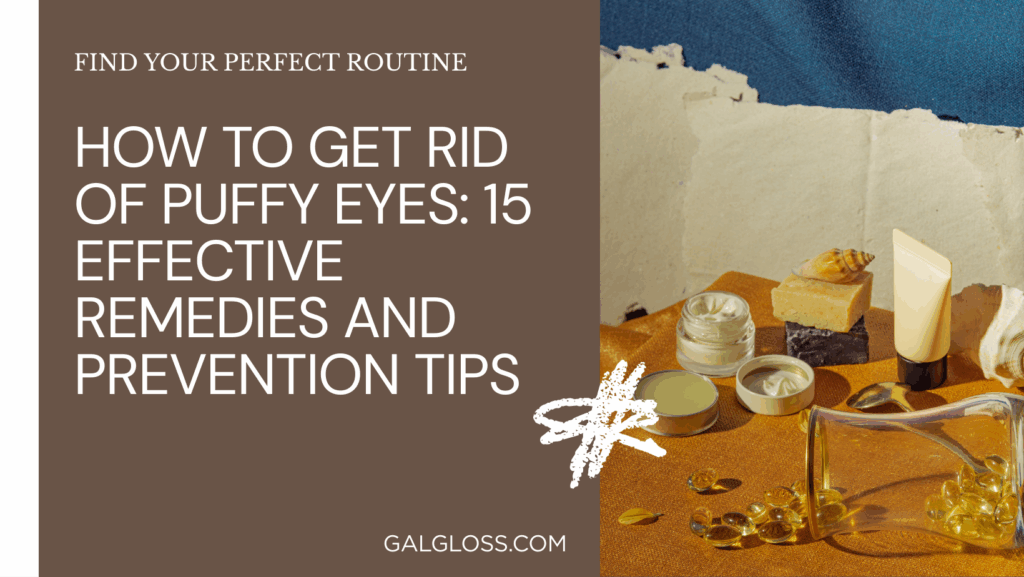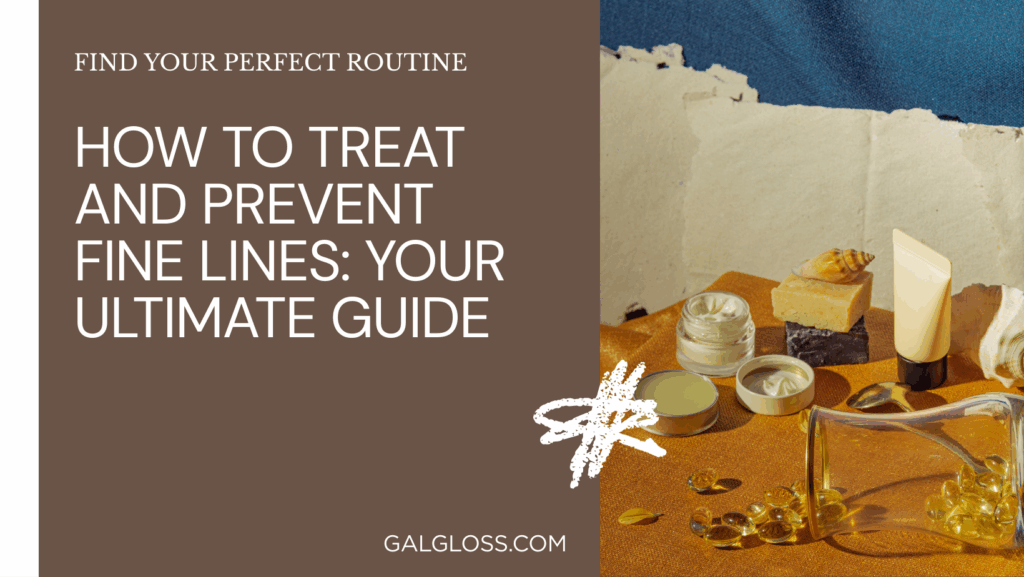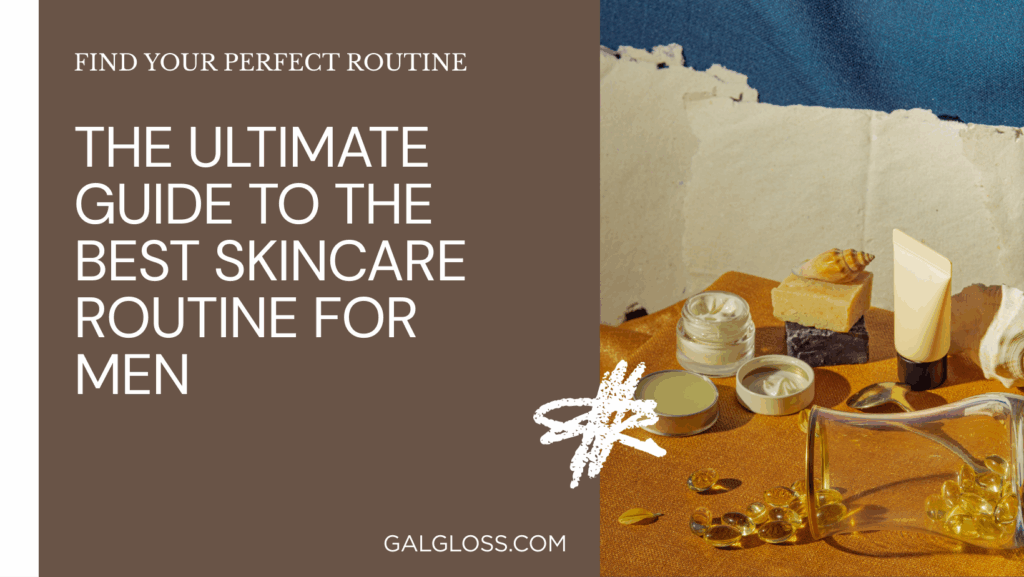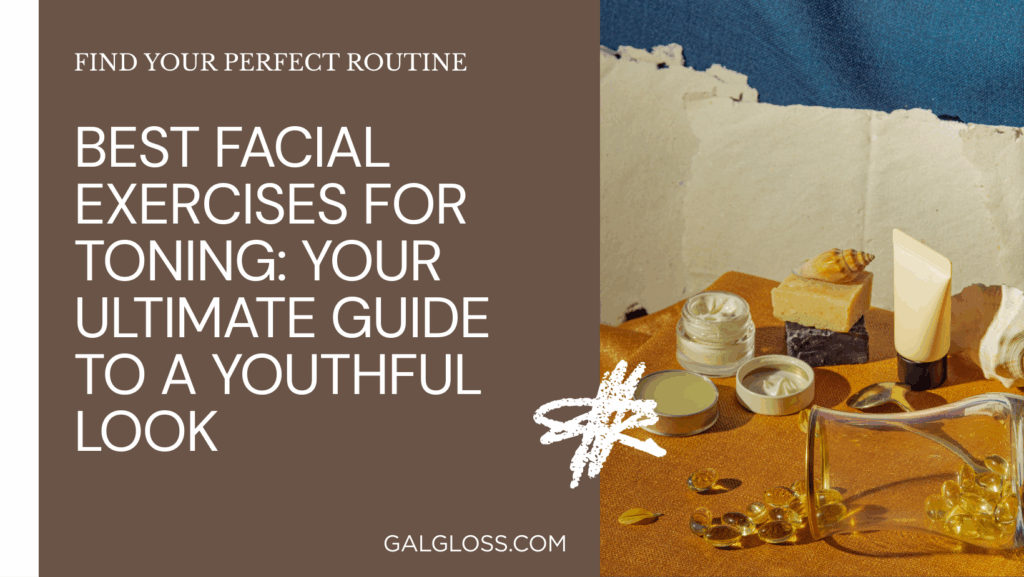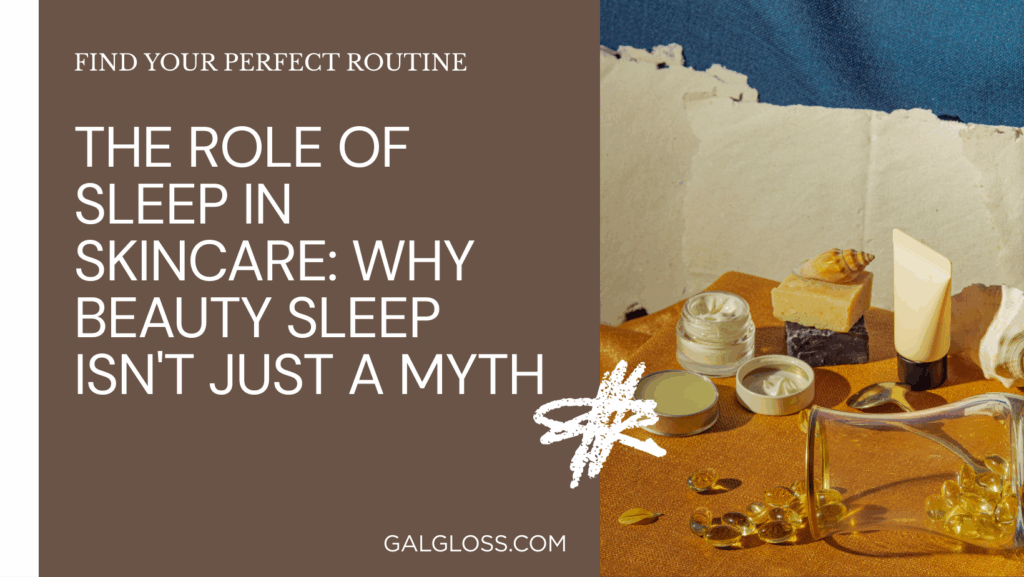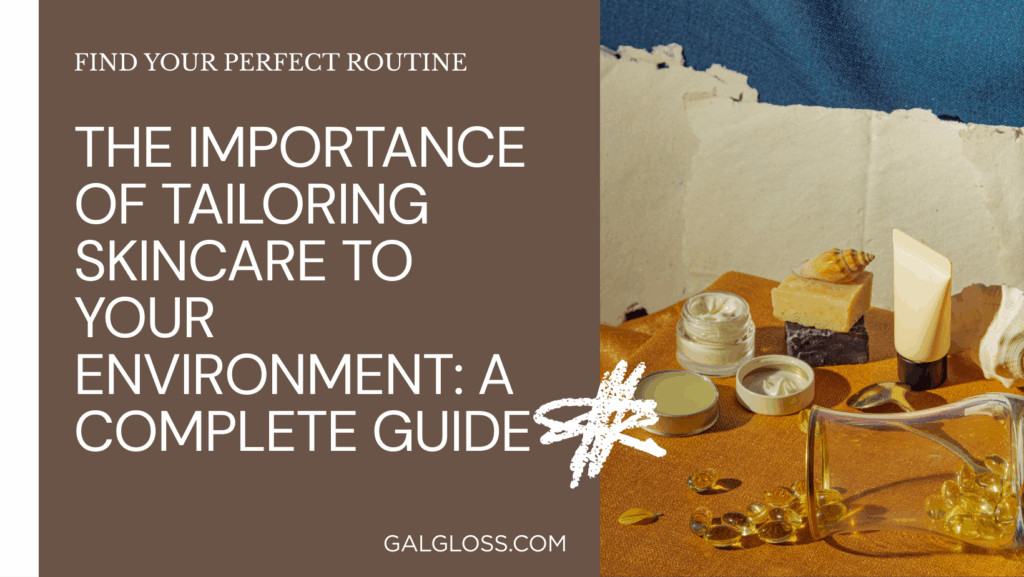Ever caught yourself squinting at your reflection, wondering when those little lines around your eyes decided to crash the party? Welcome to the club! We’re talking about crow’s feet – those pesky wrinkles that fan out from the corners of our eyes. But don’t worry, you’re not alone in this battle against time.
Crow’s feet, also known as smile lines or laugh lines, are a natural part of aging. They’re like nature’s way of saying, “Hey, you’ve lived a life full of laughter and expression!” While that’s a beautiful thing, it’s totally okay to want to keep your skin looking as youthful as you feel inside.
Why do people care so much about these tiny lines? Well, our eyes are often called the windows to our soul, and the skin around them is usually the first to show signs of aging. Whether you’re aiming to prevent crow’s feet from appearing or looking to minimize existing ones, you’ve come to the right place.
Understanding Crow’s Feet
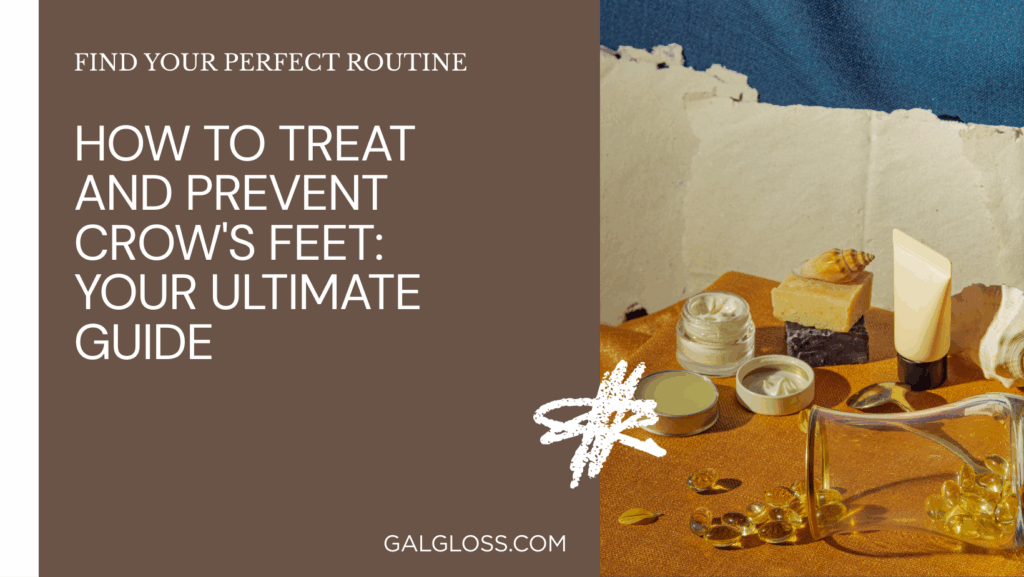
Let’s get down to the nitty-gritty. What exactly causes these little lines to appear? Imagine your skin as a piece of paper. Every time you fold it, you create a crease. Over time, with repeated folding, that crease becomes more permanent. That’s essentially what’s happening with your skin.
Crow’s feet are primarily caused by:
- Repetitive facial movements
- Sun damage
- Loss of skin elasticity
- Decreased collagen production
These factors work together like a not-so-fun team. As we age, our skin produces less collagen and elastin, the proteins that keep our skin plump and bouncy. Couple that with years of squinting, laughing, and expressing ourselves (which, let’s face it, we’re not going to stop doing), and voila – crow’s feet make their debut.
But when do these uninvited guests typically show up? While everyone’s skin ages differently, most people start noticing crow’s feet in their late 20s or early 30s. However, if you’re a sun worshipper or have a particularly expressive face, you might see them earlier.
Are crow’s feet inevitable? Well, unless you plan on never smiling again (and where’s the fun in that?), some degree of crow’s feet is pretty much guaranteed. But don’t despair! There’s a lot we can do to delay their appearance and minimize their impact.
Prevention Strategies
Now that we know what we’re up against, let’s talk defense. Preventing crow’s feet is all about protecting your skin and maintaining its health. Here are some key strategies:
Sun Protection: Your Skin’s Best Friend
If there’s one thing you take away from this article, let it be this: sunscreen is your skin’s BFF. UV rays are like kryptonite for your skin, breaking down collagen and elastin faster than you can say “crow’s feet.”
- Use a broad-spectrum sunscreen with at least SPF 30 every day, rain or shine.
- Don’t forget to reapply every 2 hours, especially if you’re outdoors.
- Invest in a good pair of sunglasses. They’ll protect the delicate skin around your eyes and stop you from squinting.
Hydration: Drink Up and Moisturize
Think of your skin cells as little grapes. When they’re hydrated, they’re plump and smooth. When they’re dehydrated, they’re more like raisins. Not the look we’re going for, right?
- Aim to drink at least 8 glasses of water a day.
- Use a hydrating eye cream morning and night.
- Look for ingredients like hyaluronic acid, which can hold up to 1000 times its weight in water.
Healthy Lifestyle Choices
Your skin is a reflection of your overall health. Making good lifestyle choices can go a long way in preventing premature aging:
- Eat a balanced diet rich in antioxidants (think colorful fruits and veggies).
- Get enough sleep. They don’t call it beauty sleep for nothing!
- Manage stress through meditation, yoga, or whatever helps you unwind.
- Quit smoking. It’s terrible for your health and your skin.
Facial Exercises: Gym for Your Face
Just like your body, your face has muscles that can benefit from a workout. Facial exercises can help tone the muscles around your eyes, potentially reducing the appearance of crow’s feet:
- Place your index fingers on the outer corners of your eyes.
- Gently pull the skin outwards.
- Squint your eyes, then relax.
- Repeat 10 times.
Remember, consistency is key. Do these exercises daily for best results.
Treatment Options
Despite our best prevention efforts, crow’s feet might still make an appearance. Don’t worry, we’ve got options!
At-home Remedies
Your first line of defense can start right in your bathroom:
Eye Creams and Serums
Look for products containing:
- Retinol: A vitamin A derivative that boosts collagen production.
- Vitamin C: A powerful antioxidant that brightens and protects.
- Peptides: These amino acids help stimulate collagen production.
Natural Ingredients to Look For
Nature has some powerful anti-aging ingredients:
- Green tea extract: Packed with antioxidants.
- Aloe vera: Soothing and hydrating.
- Rosehip oil: Rich in vitamins and essential fatty acids.
DIY Treatments
Try these simple home remedies:
- Cucumber slices: Place on eyes for 15 minutes to reduce puffiness and hydrate.
- Egg white mask: Apply beaten egg whites to the eye area, let dry, then rinse off.
- Coconut oil massage: Gently massage coconut oil around the eyes before bed.
Professional Treatments
When at-home treatments aren’t cutting it, it might be time to consider professional options:
Botox
Botox injections temporarily paralyze the muscles that cause crow’s feet, smoothing out the skin. Results typically last 3-4 months.
Dermal Fillers
Fillers like Juvederm or Restylane can plump up the skin around the eyes, reducing the appearance of fine lines.
Chemical Peels
These treatments remove the top layer of skin, promoting cell turnover and collagen production.
Laser Therapy
Treatments like fractional laser resurfacing can improve skin texture and reduce fine lines.
Lifestyle Changes to Reduce Crow’s Feet
While treatments can help, long-term prevention comes down to lifestyle:
Diet and Nutrition
You are what you eat, and so is your skin. Focus on:
- Omega-3 fatty acids (found in fish, walnuts, and flaxseeds)
- Antioxidant-rich foods (berries, dark leafy greens)
- Vitamin C-rich foods (citrus fruits, bell peppers)
Sleep Habits
Poor sleep can accelerate aging. Aim for 7-9 hours of quality sleep each night. Bonus tip: sleep on your back to avoid scrunching your face against the pillow.
Stress Management
Chronic stress can wreak havoc on your skin. Find stress-relief techniques that work for you, whether it’s meditation, exercise, or a hobby you enjoy.
Skincare Routine for Crow’s Feet Prevention
A solid skincare routine is your first line of defense:
- Cleansing: Use a gentle cleanser to remove makeup and impurities.
- Moisturizing: Apply a hydrating moisturizer morning and night.
- Exfoliating: Use a gentle exfoliant 1-2 times a week to remove dead skin cells.
- Eye-specific products: Use an eye cream or serum designed for the delicate eye area.
Makeup Tips to Minimize Crow’s Feet
While we work on treating those crow’s feet, a little makeup magic can help:
- Use a hydrating primer around the eyes before applying makeup.
- Opt for a creamy concealer instead of a powder, which can settle into fine lines.
- Apply concealer with a patting motion, rather than dragging which can emphasize lines.
When to See a Dermatologist
While many crow’s feet treatments can be done at home, sometimes it’s best to call in the pros. Consider seeing a dermatologist if:
- Over-the-counter treatments aren’t showing results after a few months
- You’re interested in professional treatments like Botox or laser therapy
- You notice any unusual changes in the skin around your eyes
During a consultation, a dermatologist can assess your skin and recommend the best treatment plan for your unique needs.
Embracing Aging Gracefully
While we’ve spent this entire article talking about how to prevent and treat crow’s feet, it’s important to remember that aging is a natural and beautiful process. Those lines around your eyes? They’re signs of a life well-lived, full of laughter and experiences.
Building confidence at any age is about self-care, self-love, and embracing the changes that come with time. Whether you choose to treat your crow’s feet or wear them proudly, remember that true beauty comes from within.
Conclusion
Crow’s feet might be inevitable, but that doesn’t mean we can’t put up a good fight! From prevention strategies like sun protection and hydration to treatment options both at home and from professionals, we’ve covered a lot of ground.
Remember, the key to treating and preventing crow’s feet is consistency. Stick to a good skincare routine, make healthy lifestyle choices, and don’t be afraid to seek professional help if you need it.
But above all, don’t forget to smile. After all, those laugh lines are a testament to a joy-filled life, and that’s something to be celebrated.
So, are you ready to take on those crow’s feet? With these tips and tricks up your sleeve, you’re well-equipped to keep your eyes looking as young as you feel. Here’s to aging gracefully and confidently!
Ever caught yourself squinting at your reflection, wondering when those little lines around your eyes decided to crash the party? Welcome to the club! We’re talking about crow’s feet – those pesky wrinkles that fan out from the corners of our eyes. But don’t worry, you’re not alone in this battle against time.
Crow’s feet, also known as smile lines or laugh lines, are a natural part of aging. They’re like nature’s way of saying, “Hey, you’ve lived a life full of laughter and expression!” While that’s a beautiful thing, it’s totally okay to want to keep your skin looking as youthful as you feel inside.
Why do people care so much about these tiny lines? Well, our eyes are often called the windows to our soul, and the skin around them is usually the first to show signs of aging. Whether you’re aiming to prevent crow’s feet from appearing or looking to minimize existing ones, you’ve come to the right place.
Understanding Crow’s Feet
Let’s get down to the nitty-gritty. What exactly causes these little lines to appear? Imagine your skin as a piece of paper. Every time you fold it, you create a crease. Over time, with repeated folding, that crease becomes more permanent. That’s essentially what’s happening with your skin.
Crow’s feet are primarily caused by:
- Repetitive facial movements
- Sun damage
- Loss of skin elasticity
- Decreased collagen production
These factors work together like a not-so-fun team. As we age, our skin produces less collagen and elastin, the proteins that keep our skin plump and bouncy. Couple that with years of squinting, laughing, and expressing ourselves (which, let’s face it, we’re not going to stop doing), and voila – crow’s feet make their debut.
But when do these uninvited guests typically show up? While everyone’s skin ages differently, most people start noticing crow’s feet in their late 20s or early 30s. However, if you’re a sun worshipper or have a particularly expressive face, you might see them earlier.
Are crow’s feet inevitable? Well, unless you plan on never smiling again (and where’s the fun in that?), some degree of crow’s feet is pretty much guaranteed. But don’t despair! There’s a lot we can do to delay their appearance and minimize their impact.
Prevention Strategies
Now that we know what we’re up against, let’s talk defense. Preventing crow’s feet is all about protecting your skin and maintaining its health. Here are some key strategies:
Sun Protection: Your Skin’s Best Friend
If there’s one thing you take away from this article, let it be this: sunscreen is your skin’s BFF. UV rays are like kryptonite for your skin, breaking down collagen and elastin faster than you can say “crow’s feet.”
- Use a broad-spectrum sunscreen with at least SPF 30 every day, rain or shine.
- Don’t forget to reapply every 2 hours, especially if you’re outdoors.
- Invest in a good pair of sunglasses. They’ll protect the delicate skin around your eyes and stop you from squinting.
Hydration: Drink Up and Moisturize
Think of your skin cells as little grapes. When they’re hydrated, they’re plump and smooth. When they’re dehydrated, they’re more like raisins. Not the look we’re going for, right?
- Aim to drink at least 8 glasses of water a day.
- Use a hydrating eye cream morning and night.
- Look for ingredients like hyaluronic acid, which can hold up to 1000 times its weight in water.
Healthy Lifestyle Choices
Your skin is a reflection of your overall health. Making good lifestyle choices can go a long way in preventing premature aging:
- Eat a balanced diet rich in antioxidants (think colorful fruits and veggies).
- Get enough sleep. They don’t call it beauty sleep for nothing!
- Manage stress through meditation, yoga, or whatever helps you unwind.
- Quit smoking. It’s terrible for your health and your skin.
Facial Exercises: Gym for Your Face
Just like your body, your face has muscles that can benefit from a workout. Facial exercises can help tone the muscles around your eyes, potentially reducing the appearance of crow’s feet:
- Place your index fingers on the outer corners of your eyes.
- Gently pull the skin outwards.
- Squint your eyes, then relax.
- Repeat 10 times.
Remember, consistency is key. Do these exercises daily for best results.
Treatment Options
Despite our best prevention efforts, crow’s feet might still make an appearance. Don’t worry, we’ve got options!
At-home Remedies
Your first line of defense can start right in your bathroom:
Eye Creams and Serums
Look for products containing:
- Retinol: A vitamin A derivative that boosts collagen production.
- Vitamin C: A powerful antioxidant that brightens and protects.
- Peptides: These amino acids help stimulate collagen production.
Natural Ingredients to Look For
Nature has some powerful anti-aging ingredients:
- Green tea extract: Packed with antioxidants.
- Aloe vera: Soothing and hydrating.
- Rosehip oil: Rich in vitamins and essential fatty acids.
DIY Treatments
Try these simple home remedies:
- Cucumber slices: Place on eyes for 15 minutes to reduce puffiness and hydrate.
- Egg white mask: Apply beaten egg whites to the eye area, let dry, then rinse off.
- Coconut oil massage: Gently massage coconut oil around the eyes before bed.
Professional Treatments
When at-home treatments aren’t cutting it, it might be time to consider professional options:
Botox
Botox injections temporarily paralyze the muscles that cause crow’s feet, smoothing out the skin. Results typically last 3-4 months.
Dermal Fillers
Fillers like Juvederm or Restylane can plump up the skin around the eyes, reducing the appearance of fine lines.
Chemical Peels
These treatments remove the top layer of skin, promoting cell turnover and collagen production.
Laser Therapy
Treatments like fractional laser resurfacing can improve skin texture and reduce fine lines.
Lifestyle Changes to Reduce Crow’s Feet
While treatments can help, long-term prevention comes down to lifestyle:
Diet and Nutrition
You are what you eat, and so is your skin. Focus on:
- Omega-3 fatty acids (found in fish, walnuts, and flaxseeds)
- Antioxidant-rich foods (berries, dark leafy greens)
- Vitamin C-rich foods (citrus fruits, bell peppers)
Sleep Habits
Poor sleep can accelerate aging. Aim for 7-9 hours of quality sleep each night. Bonus tip: sleep on your back to avoid scrunching your face against the pillow.
Stress Management
Chronic stress can wreak havoc on your skin. Find stress-relief techniques that work for you, whether it’s meditation, exercise, or a hobby you enjoy.
Skincare Routine for Crow’s Feet Prevention
A solid skincare routine is your first line of defense:
- Cleansing: Use a gentle cleanser to remove makeup and impurities.
- Moisturizing: Apply a hydrating moisturizer morning and night.
- Exfoliating: Use a gentle exfoliant 1-2 times a week to remove dead skin cells.
- Eye-specific products: Use an eye cream or serum designed for the delicate eye area.
Makeup Tips to Minimize Crow’s Feet
While we work on treating those crow’s feet, a little makeup magic can help:
- Use a hydrating primer around the eyes before applying makeup.
- Opt for a creamy concealer instead of a powder, which can settle into fine lines.
- Apply concealer with a patting motion, rather than dragging which can emphasize lines.
When to See a Dermatologist
While many crow’s feet treatments can be done at home, sometimes it’s best to call in the pros. Consider seeing a dermatologist if:
- Over-the-counter treatments aren’t showing results after a few months
- You’re interested in professional treatments like Botox or laser therapy
- You notice any unusual changes in the skin around your eyes
During a consultation, a dermatologist can assess your skin and recommend the best treatment plan for your unique needs.
Embracing Aging Gracefully
While we’ve spent this entire article talking about how to prevent and treat crow’s feet, it’s important to remember that aging is a natural and beautiful process. Those lines around your eyes? They’re signs of a life well-lived, full of laughter and experiences.
Building confidence at any age is about self-care, self-love, and embracing the changes that come with time. Whether you choose to treat your crow’s feet or wear them proudly, remember that true beauty comes from within.
Conclusion
Crow’s feet might be inevitable, but that doesn’t mean we can’t put up a good fight! From prevention strategies like sun protection and hydration to treatment options both at home and from professionals, we’ve covered a lot of ground.
Remember, the key to treating and preventing crow’s feet is consistency. Stick to a good skincare routine, make healthy lifestyle choices, and don’t be afraid to seek professional help if you need it.
But above all, don’t forget to smile. After all, those laugh lines are a testament to a joy-filled life, and that’s something to be celebrated.
So, are you ready to take on those crow’s feet? With these tips and tricks up your sleeve, you’re well-equipped to keep your eyes looking as young as you feel. Here’s to aging gracefully and confidently!
